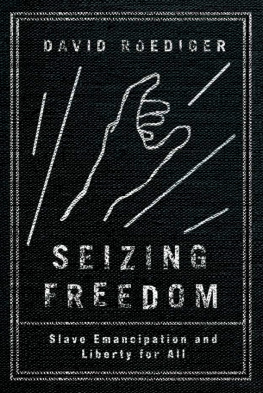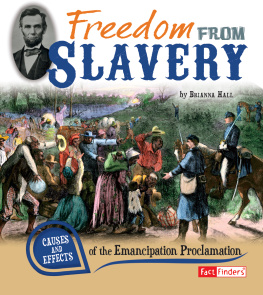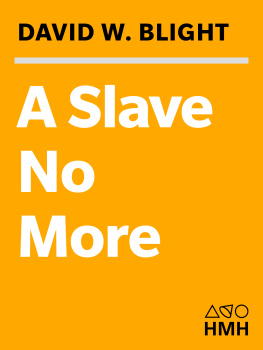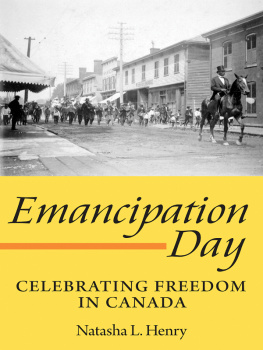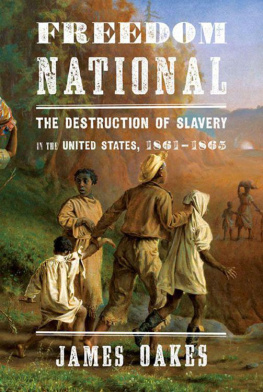We are not to be saved by the captain but by the crew.
Frederick Douglass (1863)
As perhaps the most embedded of the Union war correspondents, the Civil War journalist Charles Carleton Coffin could report from wherever he wished within Union-controlled areas. In spring 1863, Coffin used his access to Abraham Lincoln, to transportation, and to officers to chronicle the preparation for a Yankee attempt to recapture Confederate-held Fort Sumter. He described in particular the magnificence of the ironsides in action, as the armored Union vessels shelled Rebel positions. His thinking was clear: Fort Sumters capture had begun the war two years before and retaking it would be of great symbolic value, especially insofar as the innovations in naval warfare exposed Confederate weaknesses. The reality was less dramatic than Coffin anticipated. The ironclads did inflict damage but also suffered losses. It would not be until September that an attempt to retake the fort was essayed, and that battle would end with the Confederate flag still flying. By then, Coffin had moved on to Pennsylvania, following sounder instincts regarding where the military action would be that year.
Coffin described this moment in the history of the South Carolina coast as the transformation of a people, of a region, of a nation, and of himself. Coffins preservation of the public speech of a pure, full-blooded negro, Sancho captured the drama as impossibly wonderful. Sancho said he neber spected to see such a day as dis yere. For twenty years I hired my time of old massa I was bleeged to pay him twelve dollars a month in advance, and if I did nt hab de money ready, he wolloped me. But Is a free man now. De good Lord hab done it all. Coffin wanted to understand the individual heroism and community organization he had witnessed in order to argue that the splendidly performing Black Union troops were a key to the moral and military fortunes of the Union. To ground his thinking, he offered one of the finest accounts of the music so central to what historian Sterling Stuckey has called slave culture.
Coffin heard the slave spiritual Roll, Jordan, Roll as a work of rare beauty and forceboth traditional and improvisedwith the African-American dancing of the ring shout as compelling as the song itself:
As the song goes on the enthusiasm rises. They sing louder and stronger. The recitative is given with increased vigor, and the chorus swells with increasing volume. They beat time, at first, with their hands, then their feet. They rise from their seats. William begins to shuffle his feet. Anna, a short, thick-set woman, wearing a checkered dress, and an apron, which once was a window-curtain, claps her hands, makes a short, quick jerk of her body, stamps her feet on the un-accented part of the measure, keeping exact syncopation. Catherine and Sancho catch the inspiration. They go round in a circle, shuffling, jerking, shouting louder and louder, while those outside of the circle respond with increasing vigor, all stamping, clapping their hands, and rolling out the chorus.
Just after placing Sam, Sancho, slave culture, and self-emancipation at the center of Civil War history, Coffin described meeting a thin Black woman in the headquarters of the Unions commanding officer in the area. He learned that she had helped carry many away from slavery, moving through swamps, eluding Rebels, and providing important information to Union forces. She was introduced as our Sojourner Truth.
Both the central idea and the most important innovation of this book are visible in Coffins Sea Island reporting. Structuring the story of Seizing Freedom is what the eminent historian of the war and Reconstruction W. E. B. Du Bois called the general strike of the slaves.
The innovation in my analysis flows from Coffins turn from weighing abolition to thinking about feminism. In the inspired presence of the self-emancipation of slaves, hundreds of thousands of women and white workers began to think very differently about their own possibilities and desires. The stories of their attempts to seize freedom are systematically connected for the first time to the general strike of the slaves in these pages. Indeed, this book is about the fascinating brew of issues that Coffins time in the Sea Islands brought together: how the very meaning of the Civil War shifted in response to the motion of slaves; what it meant to witness incredible transformations; how the representation of race changed; how white women mattered in the war effort, and how class, sex, and race differences appeared among those championing freedom.
As late as 1995, it would have been unnecessary to insist that slaves freed themselves. In an essay published that year, leading Civil War historian James McPherson bemoaned the spread of what he called the self-emancipation thesis, casting himself in the role of underdog in his effort to persuade historians that Lincoln freed the slaves. The theologian,
Times have changed and it is necessary to ask now what has happened to the general strike of the slaves in historical writing and in popular understandings of the Civil War. Blockbuster books and films of the recent past appreciate the general strike of slaves perhaps less than at any time in the last half-century. In the period of the sesquicentennial of emancipation, the only major celebration of the general strike of the slaves has come not from the field of history but rather from the cultural theorist Gayatri Spivaks 2009 lectures at Harvard on Du Boiss ideas and the importance of general strikes. The impressive 2011 Historical Materialism symposium on the US Civil War and slavery, featuring the work of seven leading left scholars, offers a fair barometer of the state of the art. Du Bois is cited just once, in a passage noting him as one exception to the absence of appreciation of the self-emancipation of the

